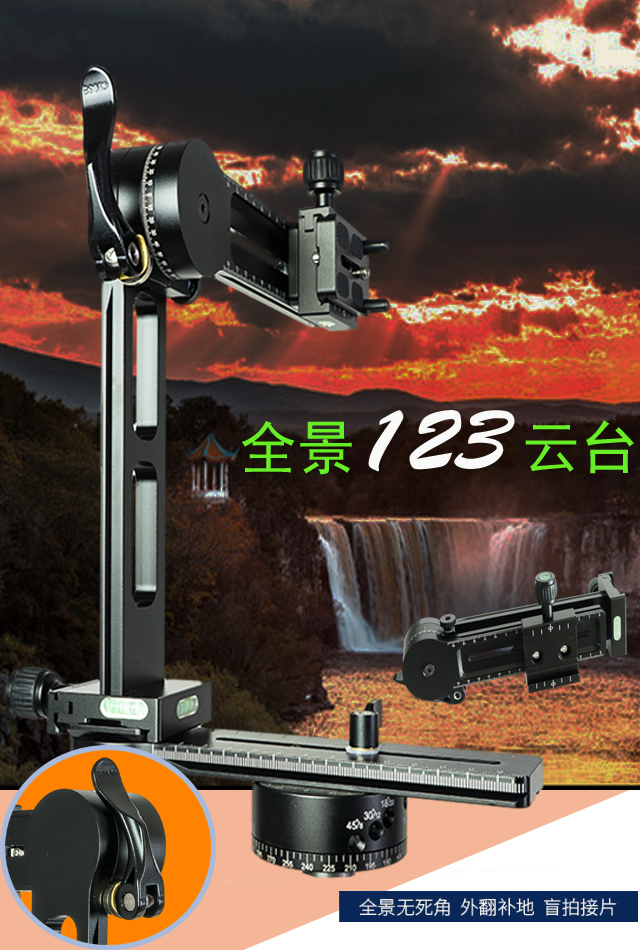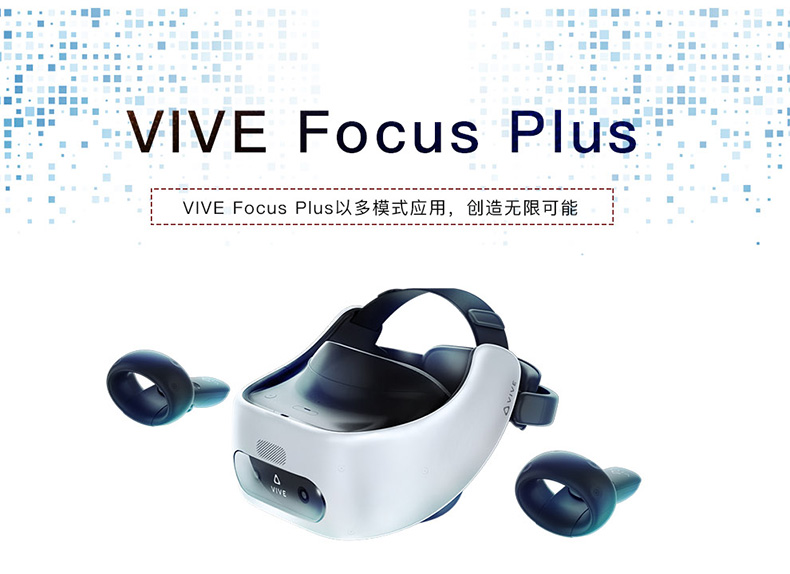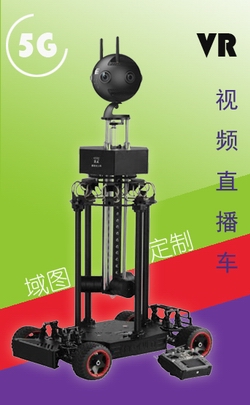area标签:设置屏幕视窗的大小,例如可以电影屏幕设置是4:3或16:9类似,您可以自由设定显示区域占屏幕的百分比或有效范围到屏幕四边的边距。该标签日常项目较少使用。
|
1 2 3 4 5 6 7 8 9 10 11 12 13 14 15 16 17 18 19 20 21 22 23 24 25 26 27 28 29 30 31 32 33 34 35 36 37 38 39 40 41 42 43 44 45 46 47 48 49 50 51 52 |
<area mode="align" //定义区域的模式:对齐 align="lefttop" //对齐方式:左上角 x="0" //基于对齐方式偏移的X坐标 y="0" //基于对齐方式偏移的y坐标 width="100%" //区域宽度,可以是像素值也可以是百分比 height="100%" //区域高度,可以是像素值也可以是百分比 /> border padding mode: <area mode="border" //定义区域的模式:边界 left="0" //相对左边界距离 top="0" //相对上边界距离 right="0" //相对右边界距离 bottom="0" //相对下边界距离 /> 样例: 指定宽度高度、显示居中区域: <area align="center" width="640" height="480" /> 指定边距的显示区域: <area mode="border" top="10" bottom="100" /> 指定占屏幕宽度百分比的显示区域: <area x="25%" width="75%" /> 动态指定当屏幕大小发生变化时,维持16:9比例显示: <events onresize="fixaspectresize(16,9);" /> <action name="fixaspectresize"> div(aspect,%1,%2); mul(destwidth, stagewidth, aspect); copy(destheight, stagewidth); if(destwidth GT stagewidth, div(dwnscale,stagewidth,destwidth), set(dwnscale,1.0) ); mul(destwidth, dwnscale); mul(destheight, dwnscale); if(destheight GT stageheight, div(dwnscale,stageheight,destheight), set(dwnscale,1.0) ); mul(destwidth, dwnscale); mul(destheight, dwnscale); sub(destx, stagewidth, destwidth); sub(desty, stageheight, destheight); mul(destx, 0.5); mul(desty, 0.5); copy(area.x, destx); copy(area.y, desty); copy(area.width, destwidth); copy(area.height, destheight); </action> |



![krpano实现转到特定角度出现图片案例[非会员文章]](https://victu360.com/wp-content/themes/vfilmtime/timthumb.php?src=http://victu360.com/ad/autoang.gif&h=280&w=506&zc=1)








